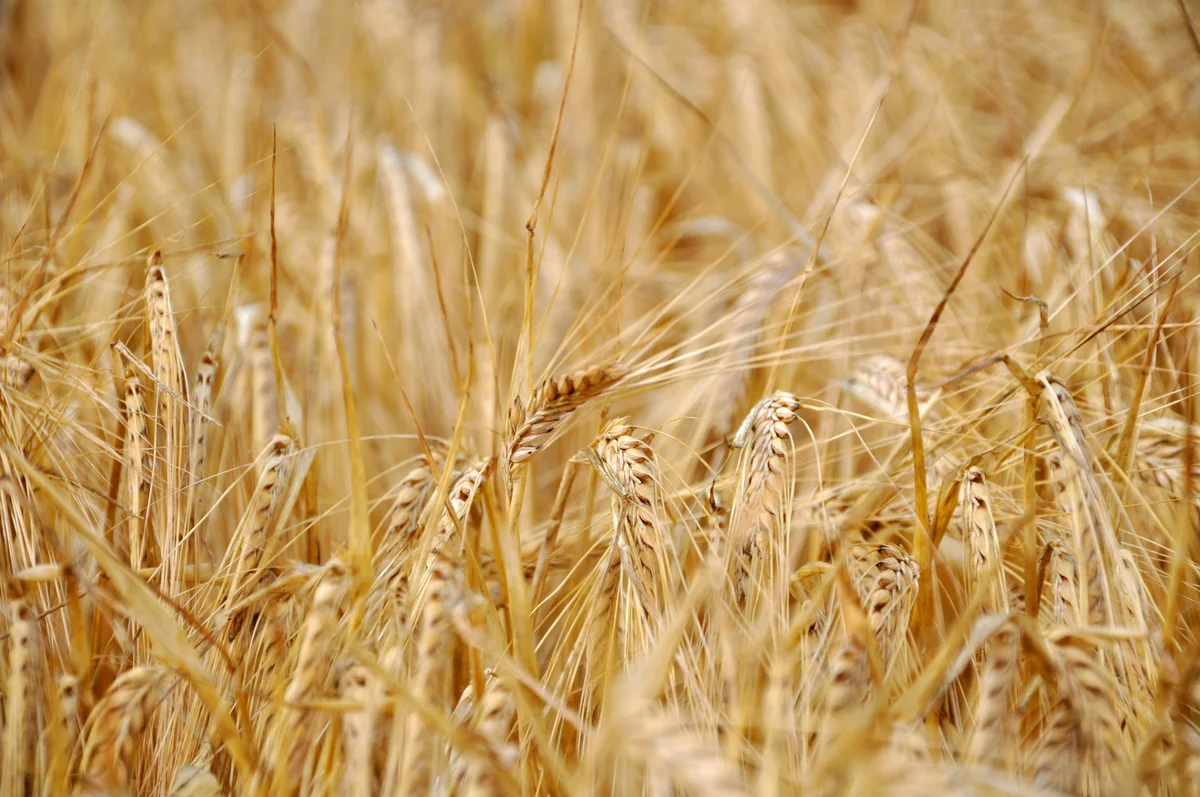Where Civilisation Took Root
Travel long enough through Sicily’s interior, and the island begins to speak its oldest language: the rustle of wheat fields under a Mediterranean breeze. The hills roll like waves of burnished gold, a landscape shaped by millennia of cultivation. To understand Sicily through the eyes of a traveller is to realise how profoundly this grain - humble, ancient, miraculous - has shaped not only the island, but humanity itself.
Wheat, that steadfast companion of civilisation, entered the human story around twelve thousand years ago in the Fertile Crescent. There, in the soft cradle of Mesopotamia, gatherers became growers, abundance replaced uncertainty, and culture began its long ascent. From those first cultivated seeds - einkorn wheat, the delicate monococcum - the practice travelled outward like ripples on a pond, reaching the Mediterranean and, eventually, Sicily.
Echoes of the First Farmers
Deep in the Grotta del Luzzo, evidence found by archaeologist Sebastiano Tusa reveals that monococcum reached Sicily thousands of years ago. Further traces, in the form of pollen discovered by a Polish research team near the ruins of ancient Akrai, confirm that the island embraced wheat early and decisively. Standing at these archaeological sites today, one feels the backbeat of history - a sense of hands sowing, harvesting, grinding, baking long before the concept of Sicily even existed.
The Grains That Feed the World
Today’s wheat has evolved into two great families: soft wheat, used chiefly for flour and bread, and hard wheat, the backbone of pasta and semolina traditions across the Mediterranean. Sicily’s soil, kissed by wind and sun, favours hard wheat almost instinctively. Around two hundred and seventy thousand hectares of the island are still devoted to its cultivation, tended by tens of thousands of growers, seed producers, and millers - each playing their part in a supply chain as old as recorded history.
Those tower-like silos that punctuate the Sicilian landscape? They are the modern guardians of this grain, storing the harvest much as once did clay jars and stone granaries. And within these systems lie mills - some sleek and industrial, others whispering with the rhythmic breath of ancient technology - turning wheat into the semolina that forms the foundation of so much Sicilian life.
The Return of the Ancient Grains
In recent years, a quiet revolution has spread across the island. The tall-stemmed varieties of pre–Green Revolution wheat - once abandoned because of their modest yields - are returning. These ancient grains, stretching higher than an average man’s chest, once dominated the fields of the 1930s. Their height allowed them to outcompete weeds naturally, making them well suited to organic farming today.
Walk through a field of ancient Sicilian grain and you feel the past gather around your knees. Their gentle sway is different somehow: looser, more musical, as if remembering a slower time. Reintroducing them has reshaped the landscape yet again, restoring the tall horizons described in old travel accounts.
Bread as a Map of Sicily
Sicilian identity reveals itself most tenderly through bread. In the early 2000s, researchers catalogued more than one hundred types of traditional baked goods on the island - loaves, focacce, ceremonial breads, rolls filled or flavoured with the scents of their regions. Each type speaks not only of ingredients but of the microclimates, festivals, and gestures that created them.
And the climate itself is Sicily’s secret ally. With its arid summers, the island dries wheat naturally in the fields, lowering moisture to levels that inhibit mould - a privilege not shared by many grain-growing regions. This natural dryness forms the foundation of a quality certification guaranteeing that Sicilian hard wheat carries exceptionally low levels of mycotoxins, making it suitable even for the youngest members of a family.
The Stone Mills and the Birth of Pasta
The Arab geographer al-Idrisi, writing for King Roger II in the twelfth century, described Sicily’s landscape as studded with mills - many of them stone mills, whispering against the grain as they turned. He even chronicled early forms of dried pasta near Trabia, hung in the sea breeze like golden ribbons awaiting the sun. Imagine it: the first spaghetti strung across wooden racks, drying under the same skies that warm Sicily today.
Some stone mills survive, revived by artisans who choose traditional methods to preserve flavour and nutrition. Their flour carries a gentle warmth and texture impossible to replicate in modern steel milling - a subtlety you taste in the final loaf or strand of pasta.
The Science of Sustenance
Hard wheat, cornerstone of the Mediterranean diet, offers more than tradition. Its slow-release carbohydrates keep energy steady; its natural carotenoids lend both colour and antioxidant power to pasta and bread. Even after cooking, some of these beneficial compounds endure - quiet protectors woven into the food.
Then there is resistant starch, which journeys through the digestive system intact, feeding the gut microbiota that forms the bedrock of well-being. Together with dietary fibre - essential for long-term health - these components remind us that whole grains are not merely rustic or nostalgic: they are profoundly nourishing.
Where Past and Present Meet
As the sun slips behind the central Sicilian hills, its final light turning the wheat fields to liquid amber, a traveller understands why this grain has been called civilisation’s first companion. Every stalk carries a story: of early farmers in wind-battered caves, of medieval millers coaxing flour from stone, of modern bakers shaping dough with hands that echo centuries of practice.
In Sicily, wheat is more than a crop. It is a memory, a landscape, a lineage - and for anyone wandering these golden fields, it becomes a quiet invitation to taste the island’s past in every warm loaf and every plate of sun-coloured pasta.
Photo by Isak Engström on Unsplash

